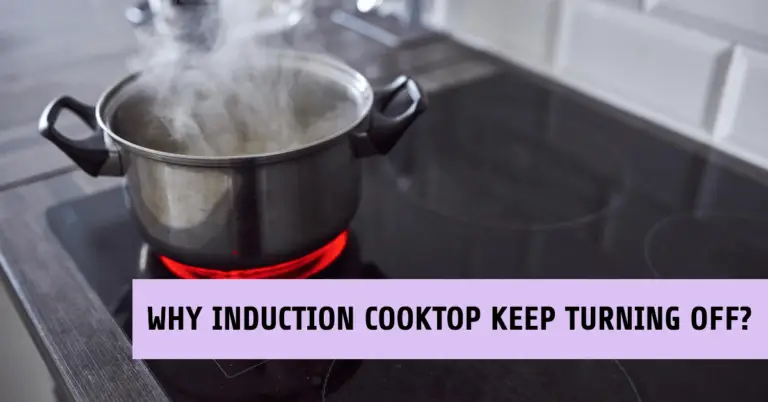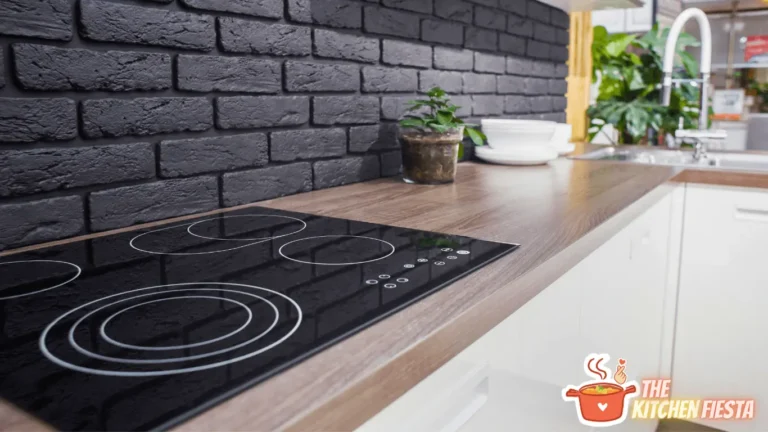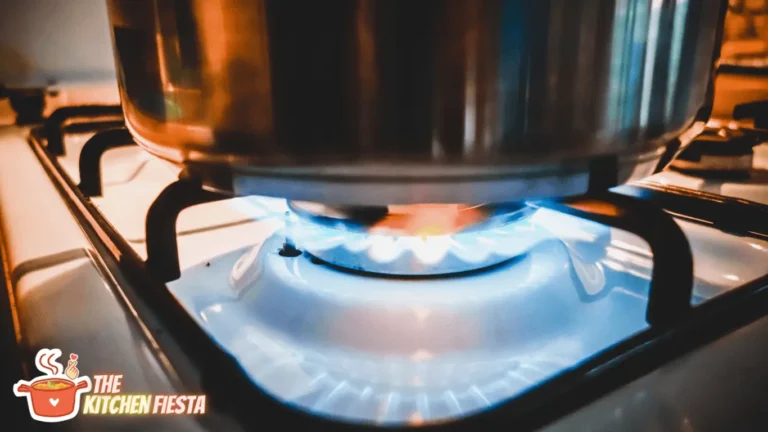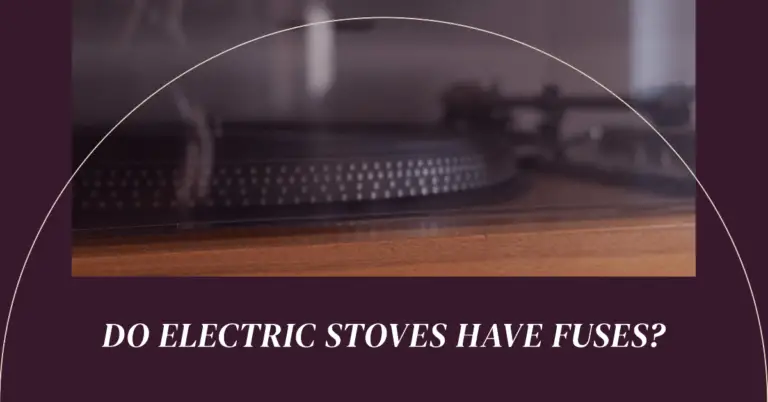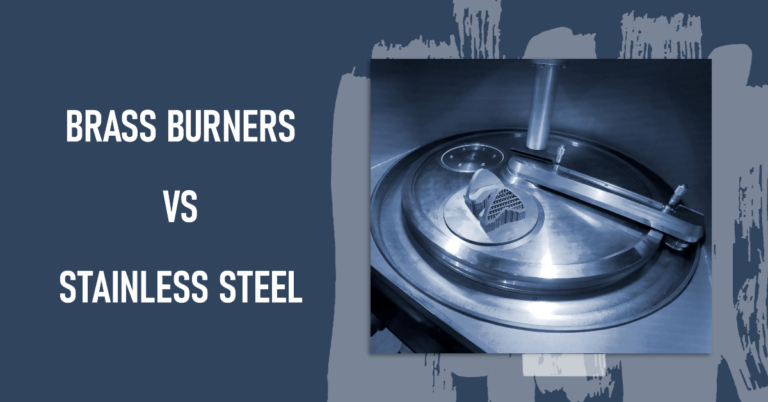How to Deep Clean Electric Stove Coils, Drip Pans, and Reflectors?
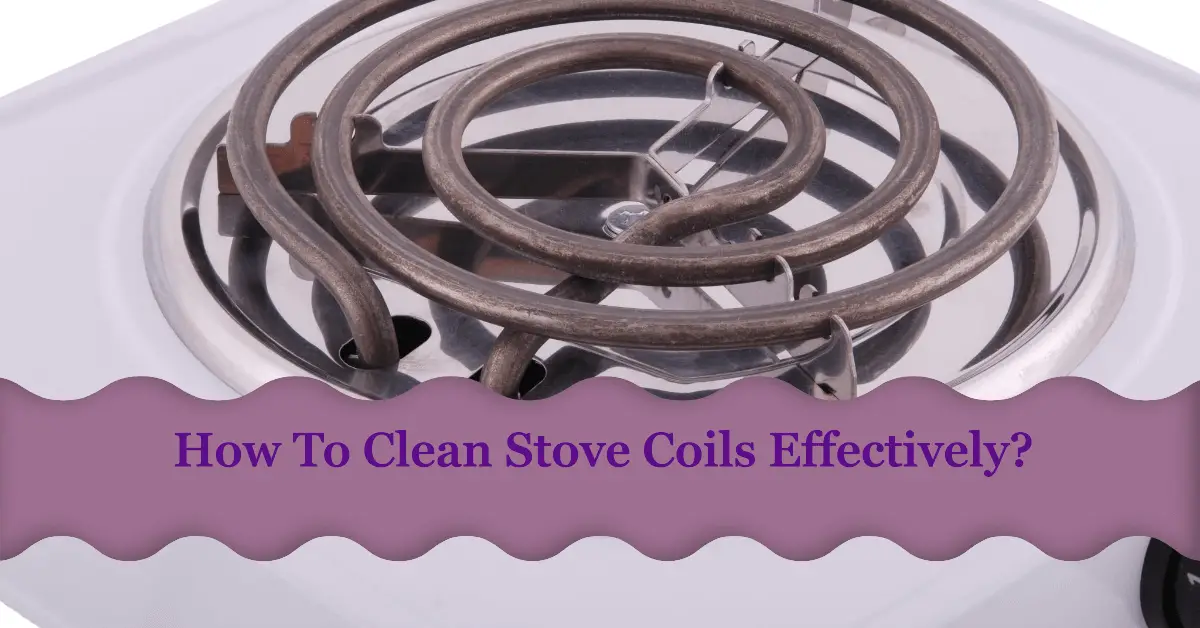
Keeping your electric stove clean should be part of your regular kitchen cleaning routine. Burnt-on food and grease can quickly build up on the coils, drip pans, and reflectors, making your stove look dirty and work less efficiently. Taking the time to deep clean your electric stove every month or two will help remove tough baked-on grime, restore shine, and make your stove look and work like new!
In this comprehensive guide, you’ll learn how to safely and easily deep clean all parts of your electric coil stove top – coils, drip pans, reflectors – using common household items like baking soda, vinegar and razor blades.
We’ll also cover daily and weekly maintenance to prevent big build up. With just a little elbow grease and these electric stove cleaning tips, you can get rid of burnt on food, stuck on grease, and lingering odors and have your stove looking sparkling in no time!
Why It’s Important to Clean Your Electric Stove Coils and Drip Pans?
Before we dive into the step-by-step cleaning process, let’s review why it’s so important to clean your electric stove elements and drip pans on a regular basis:
- Improves Efficiency: Allowing food, grease and grime to build up over time prevents your stove coils from heating properly. The burnt on mess acts as an insulator that inhibits efficient heat transfer. Keeping coils and reflectors clean allows for better heat conductivity so your stove can heat up faster and more evenly.
- Extends Appliance Life: Just like cleaning the filter in your furnace, keeping your electric stove clean improves its longevity. Baked-on grease in particular can lead to oxidation and deterioration of the metal in coils. Regular cleaning maintains good condition.
- Prevents Fires: Leftover oil and grease are major fire hazards. Cleaning drip pans prevents grease buildup that can ignite from hot coils. This removes a fire risk in your kitchen.
- Eliminates Odors and Bacteria: Burnt food and grease accumulation can lead to rancid smells and bacteria growth inside your stove. A thorough deep cleaning removes odors and sanitizes surfaces.
- Improves Appearance: Nobody wants a grungy looking stovetop! Regular coil cleaning keeps your electric stove looking shiny, new and spotless for a cleaner kitchen aesthetic.
Supplies You’ll Need for Cleaning Electric Stoves
The good news is you can clean an electric stove top with common household items you likely already have. Here are the basic supplies you’ll want to have on hand before tackling your coil cleaning session:
- Baking soda or baking powder
- White vinegar
- Mild dish detergent
- Plastic or metal razor scrapers/blades
- Toothbrush or other small scrub brush
- Microfiber cleaning cloths
- Tongs
- Oven mitts
- Small bucket or bin for drip pan soaking
- Trash bag for food remnants
Baking soda is excellent for removing grime but gentle enough not to damage the metal. When made into a paste with water, it works well for scrubbing coils, drip pans, and reflectors. The scrubby toothbrush reaches into crevices.
Vinegar helps dissolve grease and cuts through any stubborn burnt on food. Razor scrapers and blades can chip off food remnants. Just take care not to scrape or scratch the actual cooktop surface when using a metal razor.
Safety Tips for Cleaning Electric Stoves
Before getting your hands dirty cleaning, keep these safety precautions in mind:
- Always unplug the electric stove from the outlet before cleaning for safety.
- Let the coils cool completely before handling. Use oven mitts if still hot.
- Don’t submerge the electric coils in water or get the stove’s electrical components wet. Clean with a damp cloth.
- Remove and securely store stove knobs before cleaning so they don’t get wet.
- If using a razor, always scrape away from yourself and use care not to cut yourself on the blade.
- Work slowly and gently when using abrasive scrubbers or scrapers to avoid scratching the drip pans or reflectors.
Okay, now that we’ve covered the basics, let’s get into the nitty gritty step-by-step process for how to deep clean electric stove burners!
How Often Should You Clean Electric Coils and Drip Pans?
- Daily: Quick wipe down of the cooktop surface, control panel, knobs, and exterior
- Weekly: Clean reflectors, coils, and drip pans
- Monthly: Thorough deep clean of coils, drip pans, reflectors, and burner holes
For optimal performance and appearance, a monthly deep cleaning is recommended. But doing a quick wipe down daily and a weekly surface clean will prevent a major build up of grime that’s more difficult to remove.
Step-by-Step Guide for Deep Cleaning Electric Stoves
Follow these steps to thoroughly clean all parts of your electric coil stove top:
Step 1: Remove Coils and Drip Pans
Start by removing all removable parts for easier cleaning access. Using tongs, carefully lift the electric coils straight up and out from their housing.
Slide out the drip pans located underneath each coil, dumping any loose debris into the trash. Soak the drip pans in hot, soapy water to loosen baked-on grease while you clean the other components.
Step 2. Clean Coils with Baking Soda Paste
Sprinkle a generous amount of baking soda over the coils to cover all surfaces. Then add just enough water to make a spreadable paste, about a 1:2 ratio of soda to water.
Use an old toothbrush, scrub brush, or sponge to gently scrub the paste onto the coils, scrubbing in circular motions. The baking soda will help lift grease and food residue without damaging the coil surface.
Once scrubbed, rinse the coils thoroughly with clean water to remove all baking soda paste. Let the coils air dry completely before replacing them.
Gently scrub coils with a baking soda paste.
Vinegar can also be used to clean stubborn grease spots. Spray full strength vinegar onto tough burnt areas, let sit for 5 minutes, then wipe clean with a damp cloth.
Step 3. Scrub Drip Pans and Reflectors
While coils are soaking, wash the drip pans by scrubbing them with baking soda paste using a scrub brush or scouring pad. The abrasion from baking soda will remove caked-on grease and debris.
For stubborn deposits, use a plastic or metal razor blade scraper to chip off food remnants, being careful not to scratch the drip pan surface. Remove all leftover debris.
Wash drip pans in hot, soapy water, rinse thoroughly, and let air dry before replacing beneath coils.
The metal reflectors located under the coils also tend to accumulate grime. Scrub these clean as well using the baking soda paste. Rinse and dry completely.
Scrub drip pans with baking soda and brush to remove grease.
Step 4. Scrub Burner Holes and Igniters
Check the burner holes where gas flames emerge and ignition switches. Use a toothpick or pipe cleaner to gently clear any debris blocking the holes so flames emerge properly.
Scrub ignition switches with baking soda paste and small brush to remove grit buildup. Wipe dry with cloth. Test igniters are sparking properly before use.
Step 5. Rinse and Dry Completely
Rinse all parts thoroughly with clean water to remove all traces of baking soda or vinegar residue. Everything must be completely dry before returning coils and drip pans to the stove. Water getting into coils can damage electrical components.
Step 6. Reinstall Coils and Drip Pans
Once everything is fully dry, reinstall the electric coils and drip pans in their original locations, securing coils in place. Ensure drip pans catch run-off underneath each coil.
Turn knobs to test that burners are heating and igniting properly after cleaning. You should notice faster heating times and a brighter orange/blue flame compared to before cleaning.
Tips for Daily Electric Stove Cleaning
To prevent buildup between deep cleans, get into the habit of quick daily maintenance:
- After each use, wipe down the cooktop surface, control panel, and knobs using a damp cloth or microfiber. This removes fresh food splatters before they bake on.
- For grimy knobs and buttons, dip a toothbrush in baking soda and gently scrub.
- Use a razor scraper to gently lift any burnt food debris on the cooktop surface after each use. This takes 30 seconds and prevents food charring into a major mess.
- If anything boils over or splatters on the reflectors under coils, immediately wipe clean using a damp cloth before it bakes on.
- Deep clean coils, drip pans, and reflectors weekly as needed to prevent big buildup.
Regular quick cleaning makes deep cleans faster and easier. Plus, nobody likes to cook on a dirty stove! Keeping your electric stove clean improves safety, efficiency, appearance, and keeps your kitchen looking tidy.
And there you have it – everything you need to know to keep your electric stove coils, drip pans, reflectors and grates looking their best! With the right supplies and regular care, you can keep your stove shining like new.

